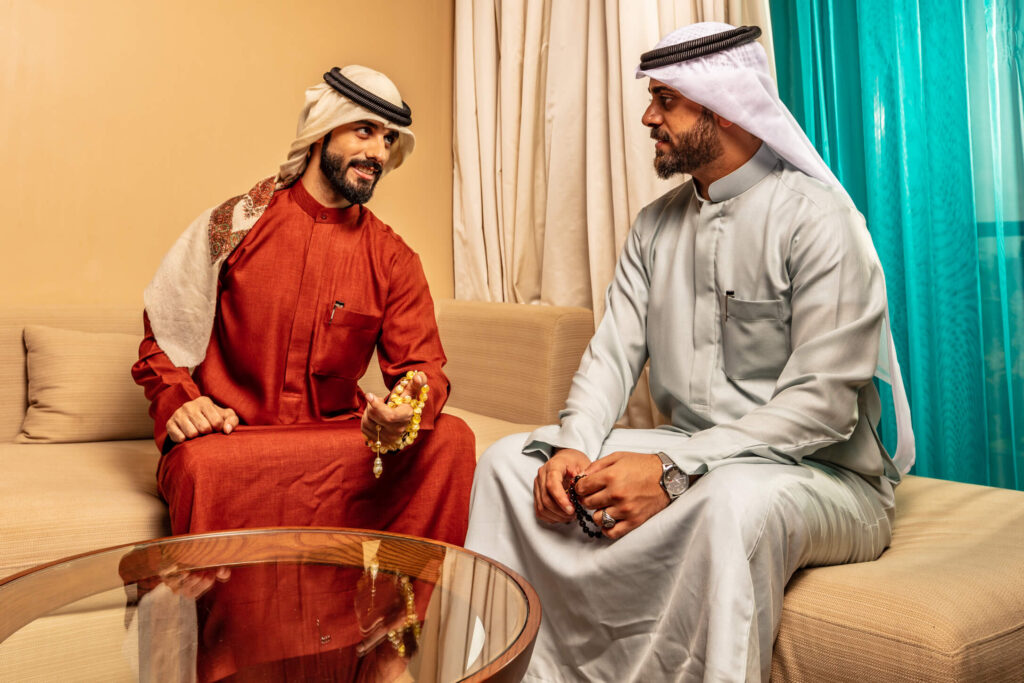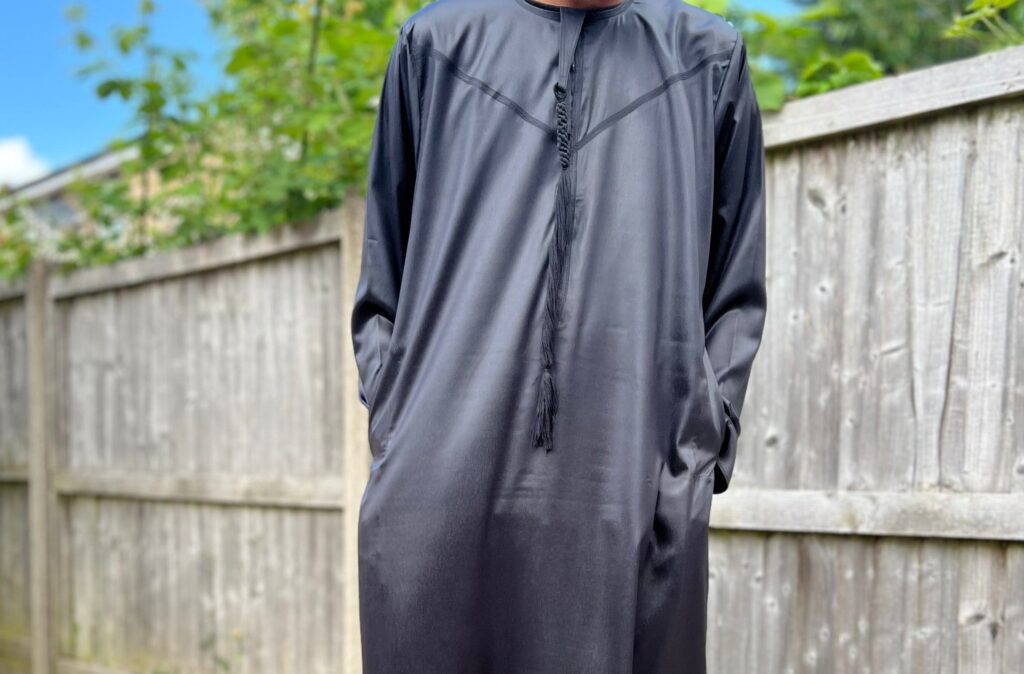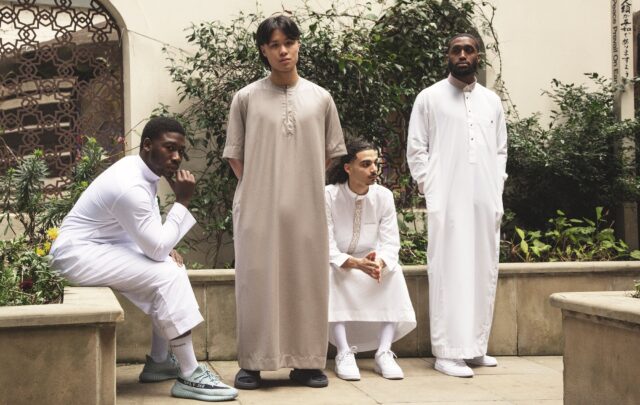Clothing has always been an essential aspect of a society’s culture, and Arabian attire is no exception. One of the most recognizable, traditional garments worn by Arab men is the thobe.
A thobe, also known as a dishdasha or kandora, is a long, loose-fitting garment worn by men in Arab countries.
In this blog, we explore the rich history, different styles, and cultural significance of thobes in the Arabian world.
History of Thobes

Thobes date back to ancient times when the Arabian Peninsula was under the Islamic Caliphate.
During the Ottoman Empire, the traditional thobe was popular among the soldiers and elite class. However, the thobe as we know it today was standardized in the 1930s by the founder of Saudi Arabia, King Abdul Aziz.
He mandated the wearing of thobes for all men in the country, and since then, it has become an iconic part of the Arabian dress code.
Different Styles of Thobes
One of the most distinguishing features of the thobe is the color. They primarily come in white or off-white, which is the most prevalent color and symbolizes purity and cleanliness.
In contrast, thobes worn during formal events and gatherings are often in vibrant hues and accentuated with embroidery and embellishments. Thobe styles vary according to different regions and their customs.
For example, in Gulf countries like the UAE and Kuwait, thobes are relatively shorter and come with a collar; meanwhile, in Saudi Arabia, thobes are longer with a buttoned placket and no collar.
Cultural Significance of Thobes

Thobes represent cultural identity and signify modesty, morality, and respect. Men typically wear thobes to Friday prayers at mosques or other religious occasions.
Furthermore, thobes are also worn to social events such as weddings, traditional festivals, and other formal events. Families often match not just the color of their thobes but also the design, and this helps foster greater familial bonds.
Thobes for All Occasions
Thobes caters to every requirement, from casual gatherings to formal events. The traditional thobe is perfect for daily wear, keeping one cool and comfortable in the desert climate.
For formal gatherings, thobes are often embroidered intricately by skilled artisans, making them an elegant choice.
One can even team a white thobe with a black bisht (a garment worn over the thobe) for a classic Arabian-style statement.
Conclusion

In conclusion, thobes are a significant part of Arabian attire. They are not just a symbol of tradition and culture but also a comfortable and stylish option for men in the region.
Whether worn for religious occasions, social events, or daily wear, thobes hold a special meaning for the people of the Arabian world.
By embracing this attire, one is treated not only to comfort but also an expression of traditional values and beliefs.




